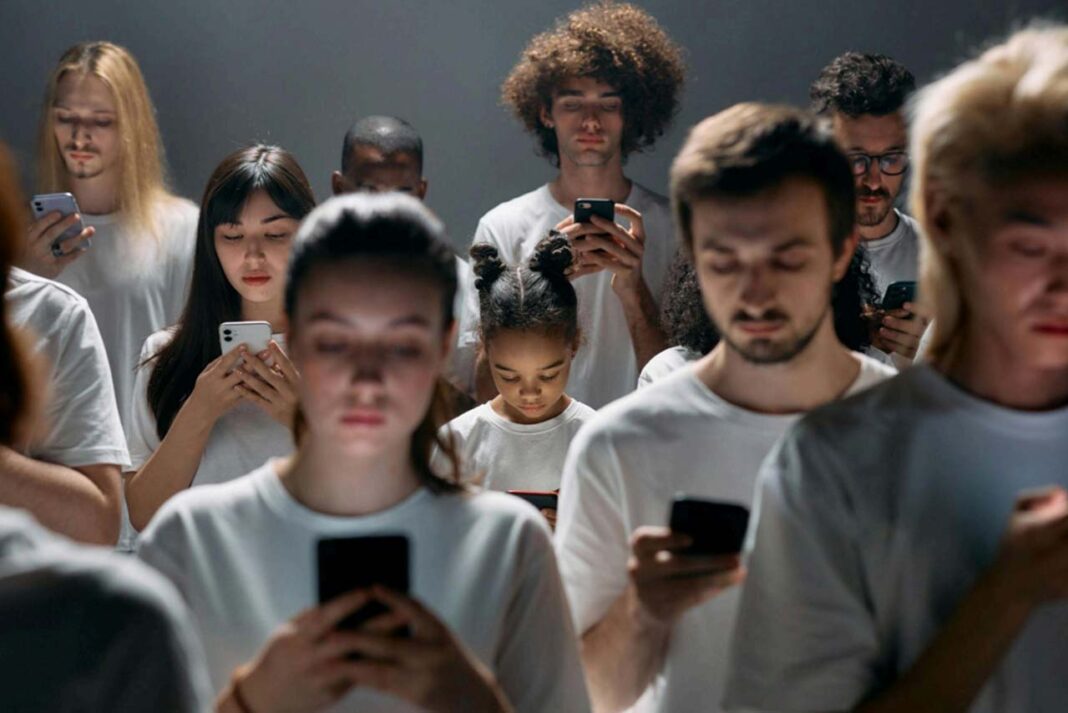How do adolescents shape their identities in the digital world?
A psychological perspective on the risks and opportunities of social media.
Average reading time: 5 minutes
In the past, adolescents searched for who they were through posters on their walls, pages of a diary, or the roles they played within a circle of friends. Today, the stage is much larger: a digital arena with millions of spectators.
An adolescent’s identity is no longer shaped only in school corridors but also in Instagram feeds. The question “Who am I?” often overlaps with “How many likes did I get?”, “Which filter suits me better?” or “Who viewed my story?”
Identity construction has always been a painful process. But in the digital age, these pains have become more visible, accelerated, and at times more fragile. Social media both liberates and challenges adolescents on their journey toward self-discovery.
Adolescence and Identity: From Erikson to the Digital Age
According to Erik Erikson’s psychosocial development theory, adolescence is a critical stage oscillating between identity achievement and role confusion (Erikson, 1968). A young person’s social environment, peers, and role models play a major role in this development.
Today, this process is no longer confined to the offline world. Adolescents now draw from digital communities, influencers, likes, and algorithm-driven role models. Social media acts as their mirror; however, this mirror often does not reflect reality—it magnifies or distorts it, like a lens.
The Dual Impact of Social Media on Identity
The effect of social media on adolescent identity is neither entirely positive nor entirely negative; rather, it functions like a two-sided mirror.
Positive aspects:
-
Provides opportunities to connect with diverse communities and experiment with identities.
-
Offers space for creativity and self-expression.
-
Facilitates supportive connections with peers experiencing similar challenges.
Negative aspects:
-
Approval addiction: Self-worth begins to be measured through likes and followers.
-
A culture of constant comparison increases feelings of inadequacy.
-
Conflict between the digital self and real self may lead to inner turmoil (Twenge & Campbell, 2018).
Psychological Outcomes: Loneliness or Resilience?
Research shows that heavy social media use is associated with anxiety, depression, and low self-esteem in adolescents (Keles, McCrae & Grealish, 2020). Visual-based platforms (Instagram, TikTok) are particularly likely to trigger body image issues.
On the other hand, adolescents with high digital literacy can use social media as a testing ground for identity exploration. Thus, social media may either become a trap of loneliness or a tool for building resilience.
Suggestions for Parents and Educators
-
Guidance over prohibition: Instead of banning social media, teaching healthy usage proves more effective.
-
Be a role model: Parents and teachers should reflect on their own digital habits.
-
Encourage open communication: Asking questions like “How did this content make you feel?” fosters critical thinking.
-
Digital awareness workshops: Help adolescents recognize themselves and their boundaries.
Conclusion: Identity Formation in the Digital World
Today’s adolescents are constructing their identities in both the real and digital worlds. Social media, as a tool, offers both opportunities and risks. Their task is to find their voice; ours is to create space so that voice can be heard.
For adolescents, digital identity is a journey—and in this journey, guidance, empathy, and patience remain our strongest tools.
References
-
Erikson, E. H. (1968). Identity: Youth and crisis. New York: Norton.
-
Twenge, J. M., & Campbell, W. K. (2018). The Narcissism Epidemic: Living in the Age of Entitlement. Atria Books.
-
Keles, B., McCrae, N., & Grealish, A. (2020). A systematic review: The influence of social media on depression, anxiety and psychological distress in adolescents. International Journal of Adolescence and Youth, 25(1), 79–93.


